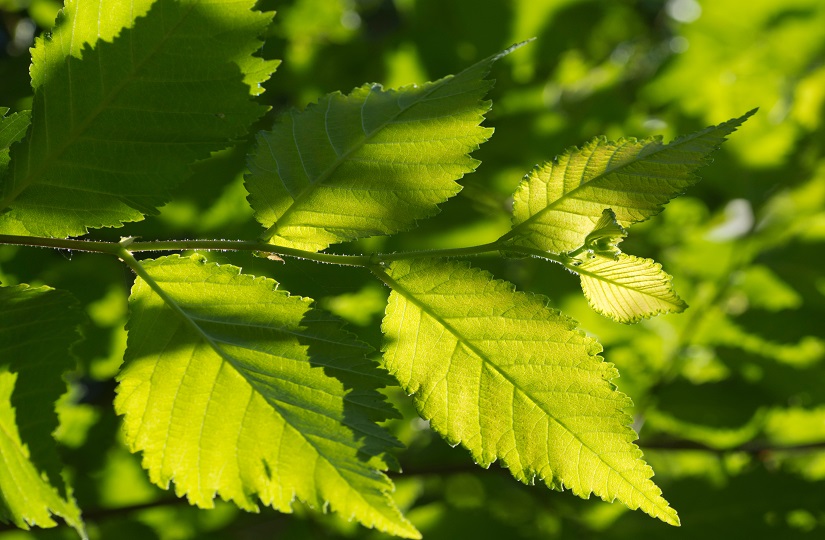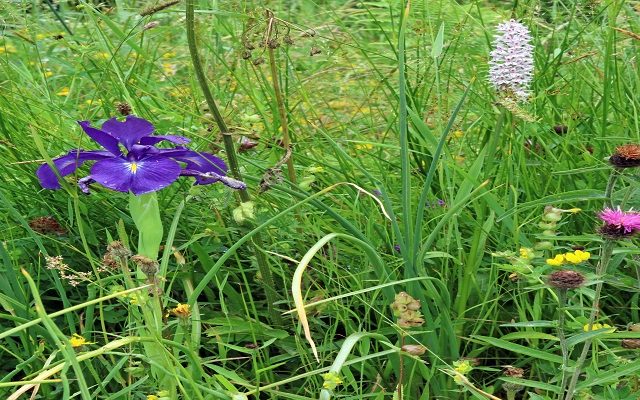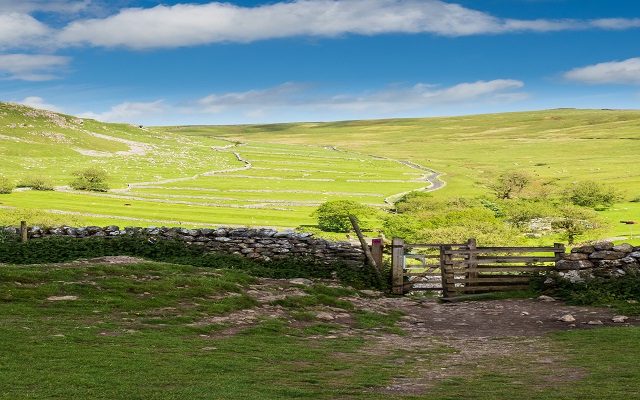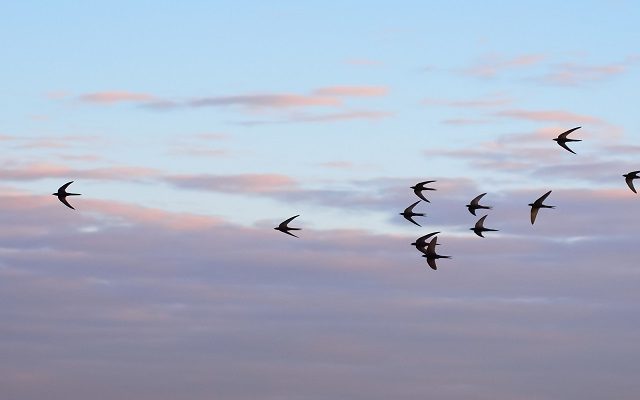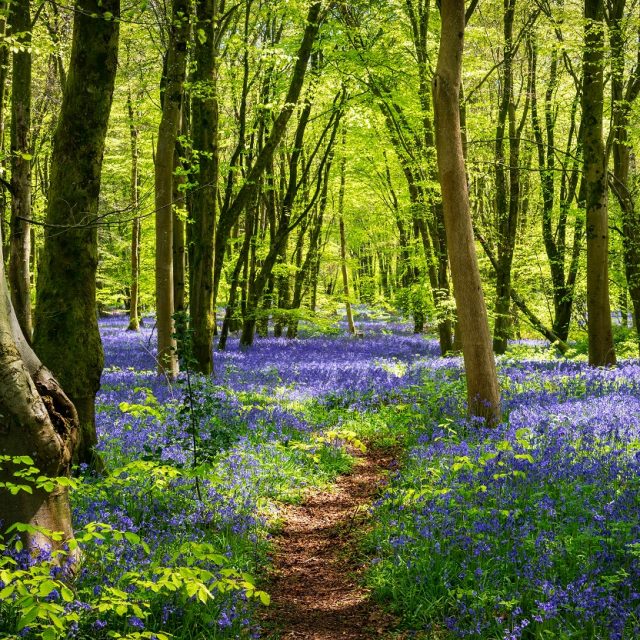Why hope is growing that elm trees can make a comeback
Strutt & Parker was delighted to sponsor the Future of the Elm Tree conference on restoring elm to the landscape, held at Kew Gardens on 28 June 2022.
The best conferences inspire you – they make you want to learn more and do more – and this was one of those.
Opening the conference, organised by the Institute of Chartered Foresters, Defra minister Lord Richard Benyon described the elm as a symbol of hope. It used to be omnipresent, but is not now, although could be in the future.
He also said it was symbolic of globalisation and environmental change; the first Dutch elm disease pandemic has been linked to timber imports from the United States. A speaker later in the conference, Andrew Brookes from Butterfly Conservation, highlighted that establishing disease resistant elm cultivars in the wider landscape was also critical to conserving the White-letter Hairstreak butterfly. It was a reminder that ecosystems are fragile and easy to disrupt.
Biosecurity was a recurring theme. Sir Harry Studholme, former Forestry Commission chair, said, compared with the first pandemic that started in the 1910s and the second one that is still on-going, the UK’s defences are now stronger and that monitoring has improved.
However, he made the point that the threat from pests and diseases continues to grow and that we must not ignore new threats, even if they look like something we already have. Defra’s chief plant health officer Professor Nicola Spence supported this assessment and said that the UK biosecurity strategy is based on assessing a range of import pathways – firewood, biomass, packing cases, air-borne vectors as well as plant imports.
Dutch elm disease research
The core of the conference was research on Dutch elm disease. Speakers from the UK, Spain, the Netherlands and the US demonstrated the wide range of studies that have been carried out over almost 100 years.
Dutch elm disease infection involves complex interactions between elm trees, the fungal pathogen that infects the elm and which continues to evolve and is becoming more aggressive, and the beetle that carries the pathogen.
Its complexity was illustrated by Professor Juan Martin of the Technical University of Madrid. Spanish work on understanding elm resistance to the disease has identified a range of factors that appear to affect resistance. These include when bud burst occurs, the diameter of vessels within the tree, tree starch, both early and late wood formation and antioxidant response. So resistance is multi-factorial, and is also affected by the geographic location of the trees.
It is still not clear why some individual elm trees, and groups, have not been visibly affected by the disease. They may be resistant, or be ‘escapees’ not exposed to the disease or be ‘field resistant’ and so unpalatable to the beetles for some reason.
Work is also continuing to understand the mechanisms within trees that make some resistant and others not. This includes looking at the xylem, the feeding wound that a beetle makes in a tree and the bark.
Given this complexity, there are no simple solutions. Work continues on programmes to breed resistant cultivars, on propagation and on restoration. Professor Clive Brasier of Forest Research summarised the range of solutions needed for restoring elm to town and landscapes:
1. Deploying current disease resistant elm varieties. This would be relatively quick and ‘satisfies the soul’ but is expensive to do at scale.
2. Continue the research on resistance in the UK’s surviving native and naturalised elms.
3. Deeper research on elm trees’ resistance mechanisms.
4. Research on whether it is possible to encourage the millions of small elm that regenerate in hedgerows to maturity.
Almost all speakers called for more and faster research. An attempt to share existing and new research is the new Centre for Forest Protection, which is a virtual collaborative research network launched in May 2022. One of its work streams is research on elm and resistance.
Most of the solutions are only likely to be available in the long-term and some are scientifically challenging, including using genetic modification. Research in the Netherlands has led to four new resistant cultivars being released shortly, but they took 40 years of work.
Inspiring examples
However, there were a number of inspiring examples of elm already being restored to landscapes. In Spain, resistant cultivars have been planted, some are being inoculated and they are being carefully monitored.
In the Netherlands, Dr Joukje Buiteveld of Waginengen Environmental Research and the Centre for Genetic Resources said that in the 2000s, elm were hardly used as a street tree. It is now more common due to a programme of breeding research, communication and co-operation. A testing programme of different elm cultivars was carried out and an output was ‘recommendations sheets’ for each cultivar on its characteristics and where it was appropriate to plant. A monitoring programme with municipalities was set up, and many of the municipalities carry out ‘intensive sanitation’, which means cutting down infected trees. Dr Buiteveld said that this had cut infection rates from around 8% of diseased trees per year to around 1%.
Joining from the US, Dr Leila Pichot of the United States Forest Service Northern Research Station spoke about the importance of the elm to American culture, as well as its landscape. She is involved in a project to produce genetically diverse, locally adapted Dutch elm disease tolerant American elm for restoration to the landscape. Their approach has much in common with the Dutch approach. It involves a breeding programme, inoculation and monitoring.
Solutions to restore elm to the UK landscape may not be available yet but it is not from lack of effort. If effort and passion can win a battle, then there is still hope for doing it.
